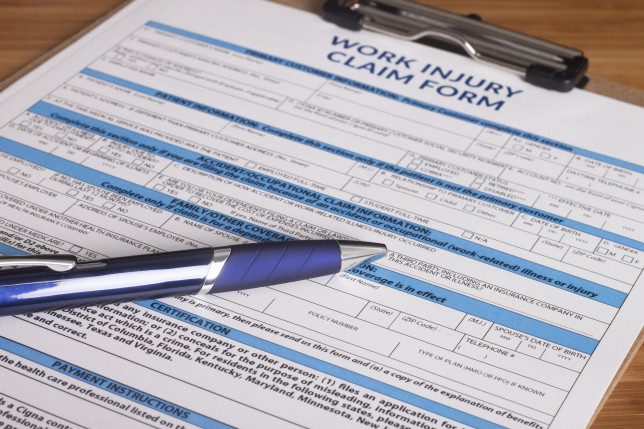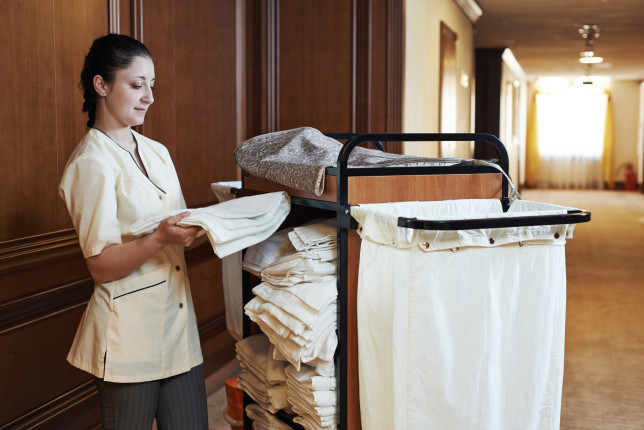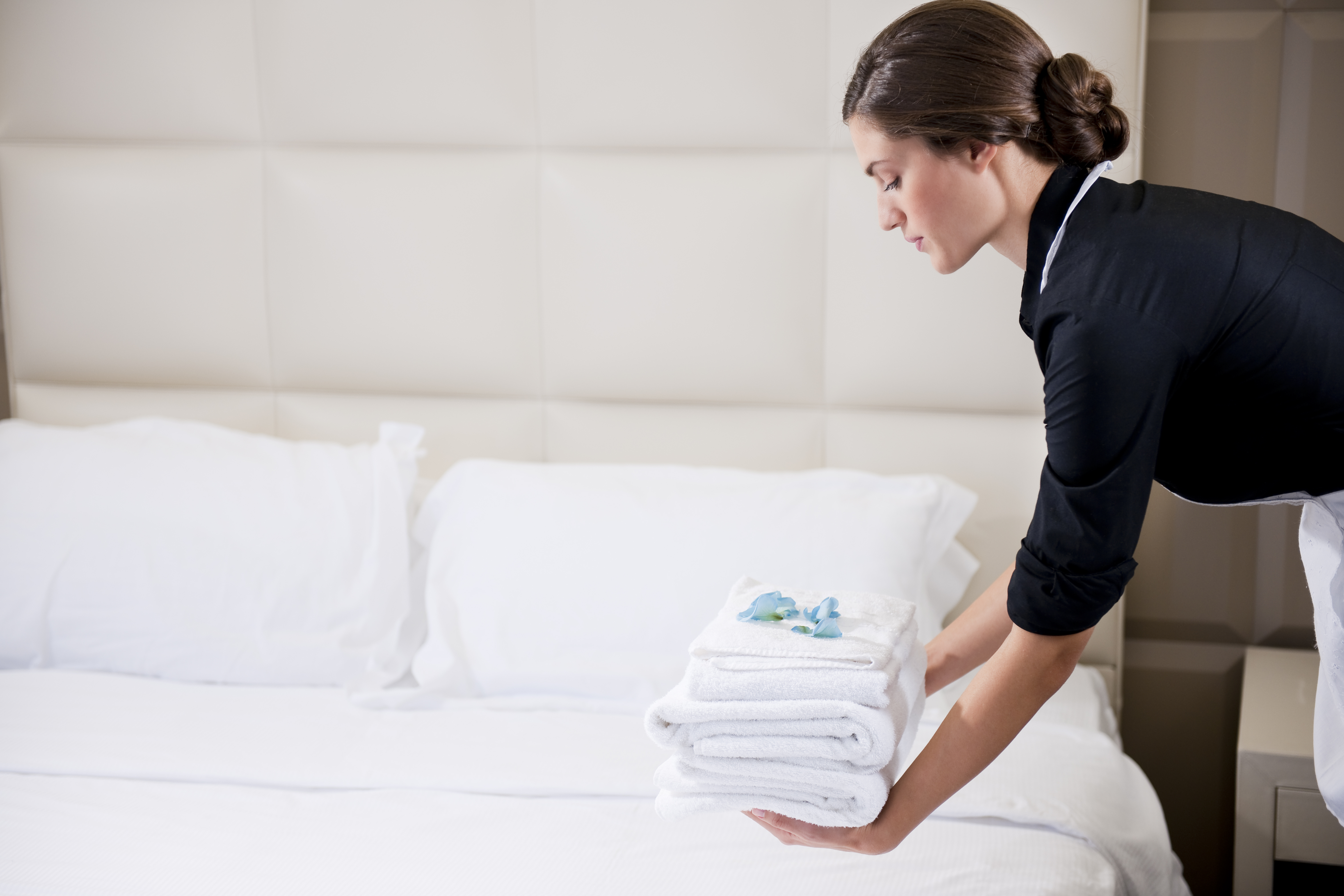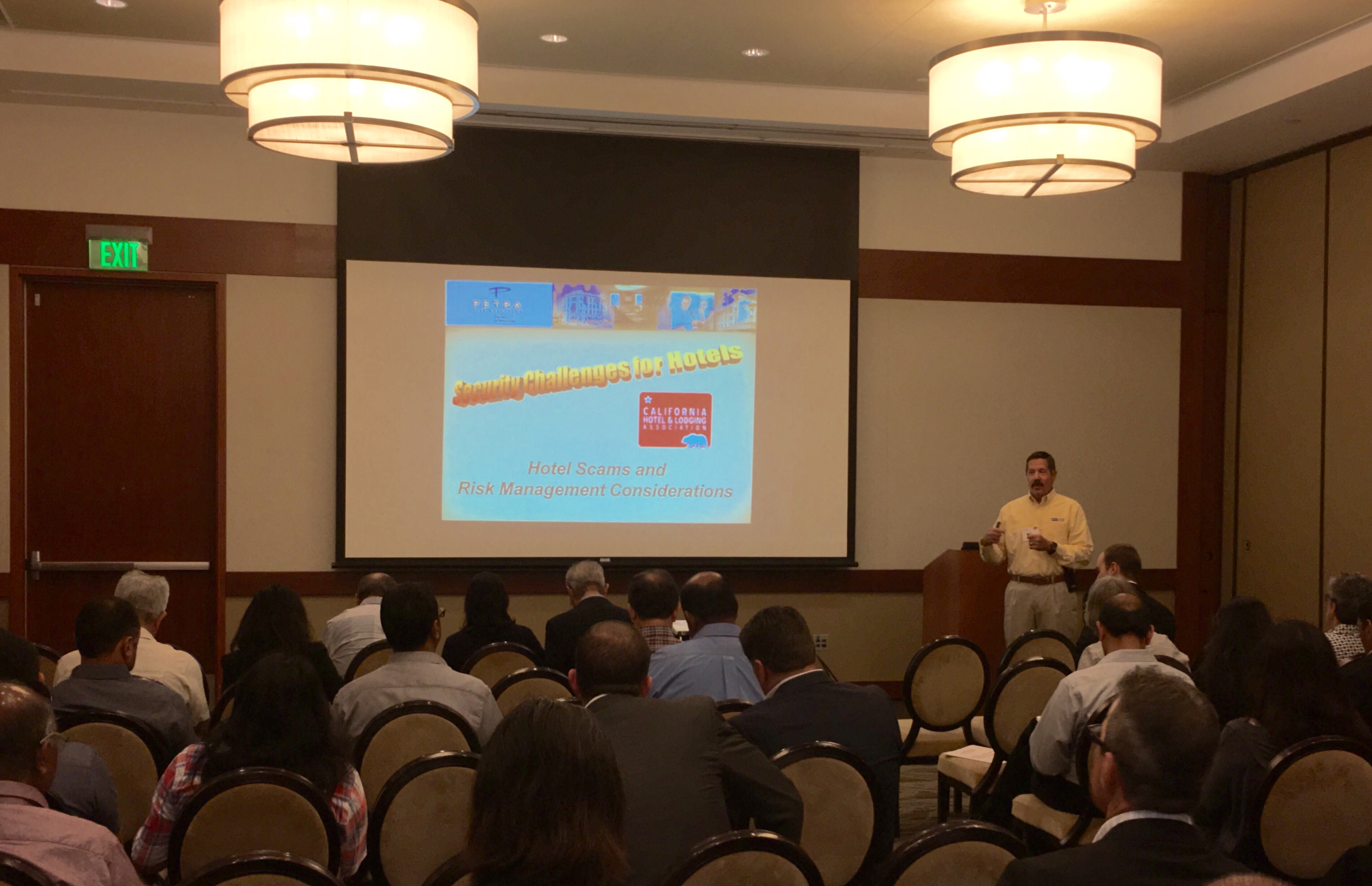Summer is traditionally the time of year when bed bugs peak in activity. The causes are not well studied and could be related to weather or more frequent travel. Nevertheless, it’s a good idea to review facility programs for bed bug management and prevention before the summer ends. Below are 10 tips that hoteliers can use in the fight against bed bugs.
1. Educate housekeeping staff regarding the signs of bed bugs.
They are most likely to encounter the early warning signs of bed bugs. The signs include the appearance of the different stages of bed bugs, including their fecal material or blood spots. The quicker a bed bug introduction is identified, the easier it is to control and limit the spread.
2. Front desk staff may be the first to receive a complaint about bed bugs.
They too must know how to properly identify bed bugs. Bed bugs can be confused with other insects including ticks. Initial confirmation of identification is important in responding to hotel guests’ concerns. If the problem is indeed bed bugs, the hotel must have a policy on the steps to take in dealing with the issue. This can include moving the guest to a different room as well as addressing any worries the guest may have regarding the handling of their suitcases and other personal items from the room. At the minimum, guests should be offered a room in another section of the hotel, away from their original room.
3. Use mattress encasements.
Mattress covers designed to encase bed bugs can help staff recognize the early signs of an infestation. Because these encasements are designed to reduce the potential bed bug harborages found on mattresses they can make it easier for staff to find bed bugs.
4. Consider the impact of building design and furnishings during new hotel constructions or renovations.
Bed bugs like cracks and crevices. They also prefer materials like wood. The furnishings that hoteliers use can be more or less favorable to bed bug survival. This is especially important in furnishings used around the bed. A large headboard, which is difficult to remove and inspect, can benefit bed bugs establishing in a guest room. Headboards that extend the length of two beds or extend almost to the ceiling are examples of poor design. Furnishing and room designs that minimize cracks allow for easier access for inspection and are better choices.
5. Retain samples of insects that staff members cannot identify for a pest management company.
Not only can bed bugs be confused with other insects, there are multiple species of bed bugs. Some are associated with bats and birds and may take a totally different control approach than the common bed bug.
Click here to read entire article at Lodging Magazine










